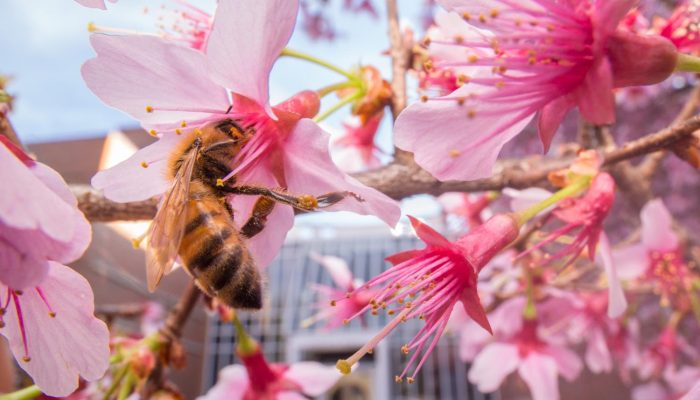
Honey bees, a highly important pollinator, have suffered a number of declines and population collapses in recent years. The growth of urban centers has contributed to a loss of foraging habitat and an introduction of new food sources. A recent study conducted across the rural-urban boundary of Raleigh, North Carolina, USA examined the feeding sources of urban and rural honey bees using δ13C measurements. This type of measurement can be used because bees which feed on human produced sugars are isotopically heavier than those which feed on flowering plants. The study found that both wild urban and rural honey bees have similar δ13C, therefore urban bees are likely supported by urban flowers rather than human food sources. Managed hived in both rural and urban areas had higher δ13C measurements associated with being fed sugar syrups.
To read more about this work read the article by Penick et al (2016).
